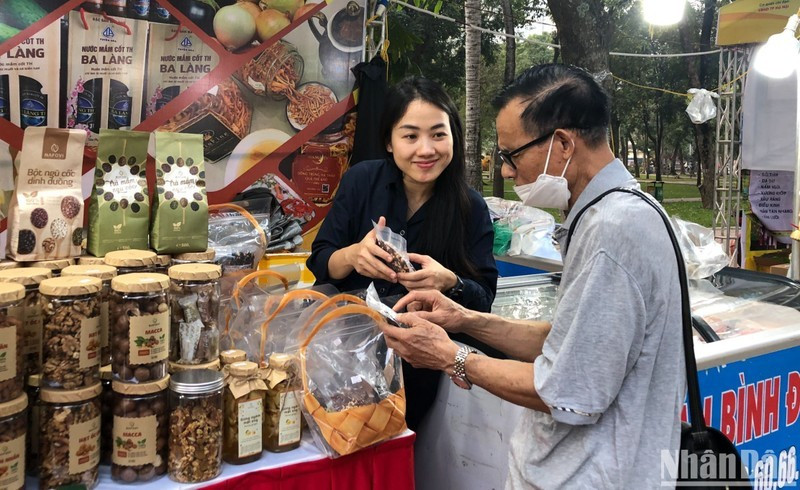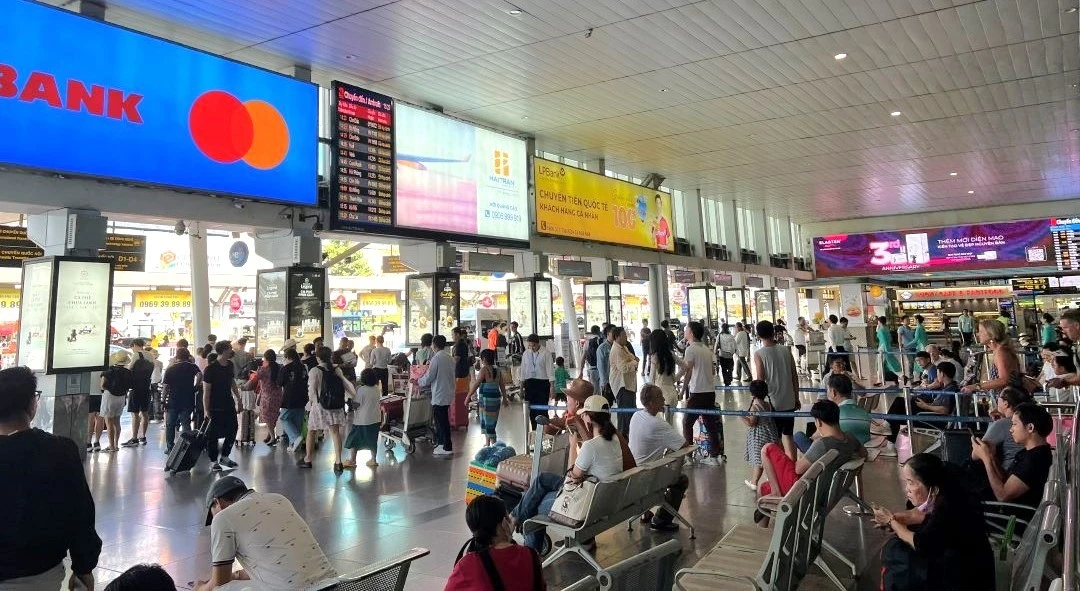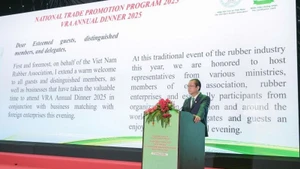Previously, since 2015, five shopping centres of Parkson closed in turn with huge losses due to the challenging business environment and the consequences of the COVID-19 epidemic.
This showed that Parkson has shown signs of exhaustion in the race for market share, and Vietnam’s retail “piece of cake” is no longer as easy to eat as before, despite being evaluated with potential and reaping many successes.
According to many experts in the retail field, the cause of Parkson's failure was “laziness” to change its style, methods, and business strategy. While consumer habits are always changing, shopping centres must always research and listen to understand what customers need, not simply create a sales location.
It is time for domestic retail businesses to seize the opportunity and create a breakthrough to improve the position and quality of products, as well as to come up with appropriate development strategies to quickly dominate the retail market share in Vietnam.
Parkson still kept the business model aimed at high-income customers, with few activities aimed at middle-income people or potential customers in other objects, etc. Furthermore, Parkson did not create novelty in operations like later competitors, such as Lotte or Aeon Mall, etc., by integrating amusement parks, cinemas, and dining in shopping malls, thus helping to improve purchasing power and broaden the customer base.
Thanks to the “all-in-one” shopping complex, Parkson's junior rivals have always kept a stable and expanding customer base. With a population of nearly 100 million, the fastest growing middle class in Southeast Asia, and one of the best economic growth rates in the world, Vietnam is considered a high potential land for the retail industry.
However, this is also a market with stiff competition for all participants in this “game”. If each individual case is analysed closely, it can be seen that the common point between retailers who left the Vietnamese market is the fact that their business strategies were not suitable for Vietnamese psychology and culture.
Therefore, with the advantage of “home field”, along with the understanding of the tastes and consumption needs of people, it is time for domestic retail businesses to seize the opportunity and create a breakthrough to improve the position and quality of products, as well as to come up with appropriate development strategies to quickly dominate the retail market share in Vietnam.
Currently, Vietnam has about 1,085 supermarkets, 240 shopping malls and nearly 2,000 convenience stores. Of which, Vietnamese enterprises account for about 70 to 80% of the points of sale across the country. However, for sustainable development, shopping malls and retail stores must always innovate to create diverse designs and experiences for customers. At the same time, it is necessary to strengthen the building of institutions and policies to protect domestic enterprises by creating technical barriers.
In parallel with the support of the State, businesses need to raise their standards, study internal rules to take advantage of the benefits of FTAs. In order to compete with foreign enterprises, domestic retailers need to associate into corporations, large retail groups, and build their own retail brands, with a focus on promoting market research, product marketing, trade promotion, and brand building.
If this is achieved, retail businesses will certainly “live well”, while consumers will benefit from having more choices, as well as convenience in satisfying their shopping, dining, and entertainment needs with more professional services.
















